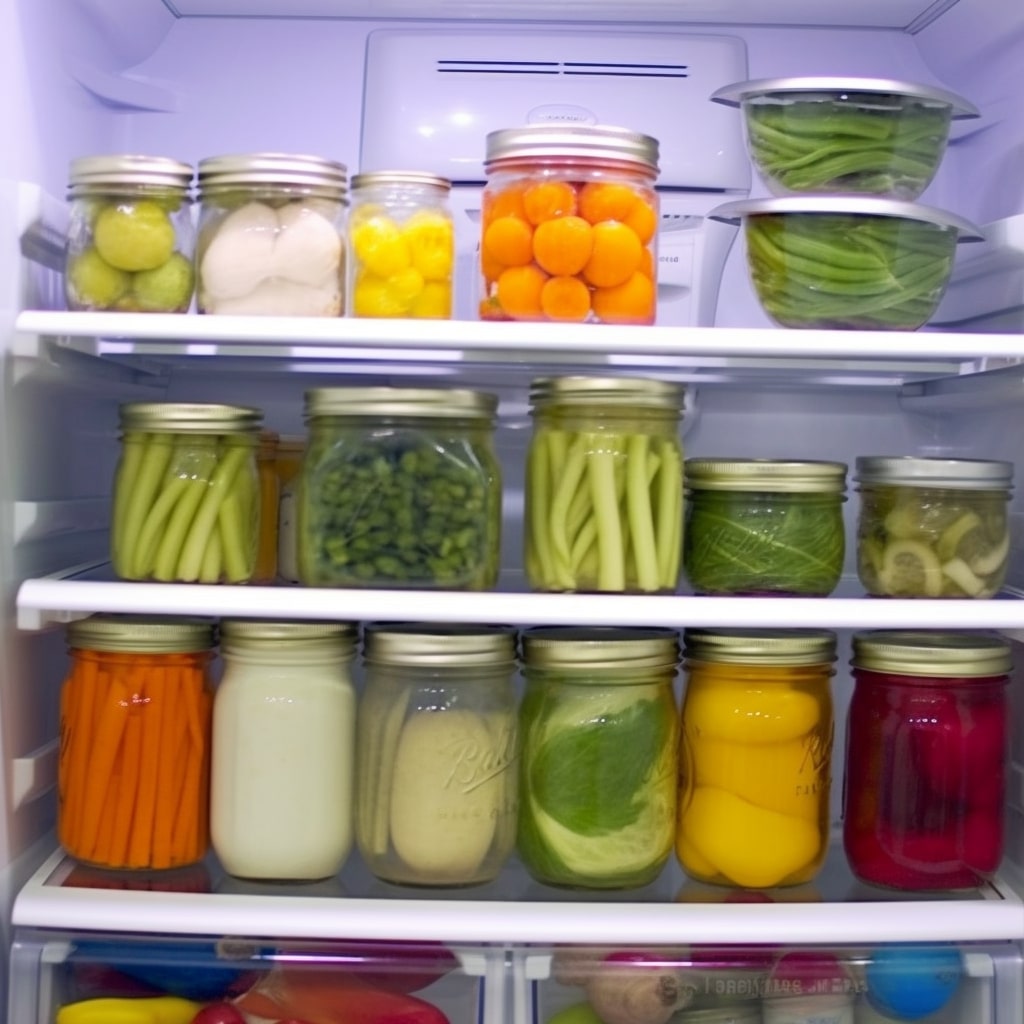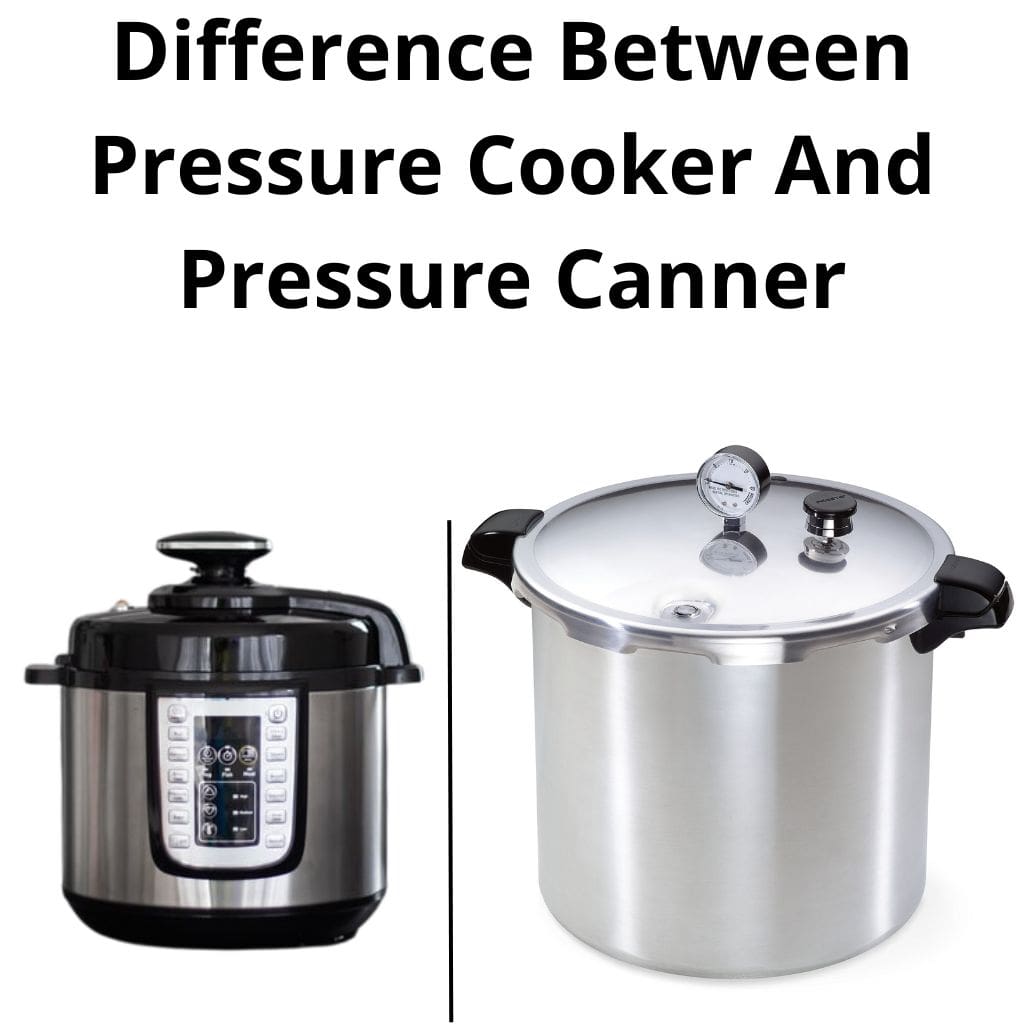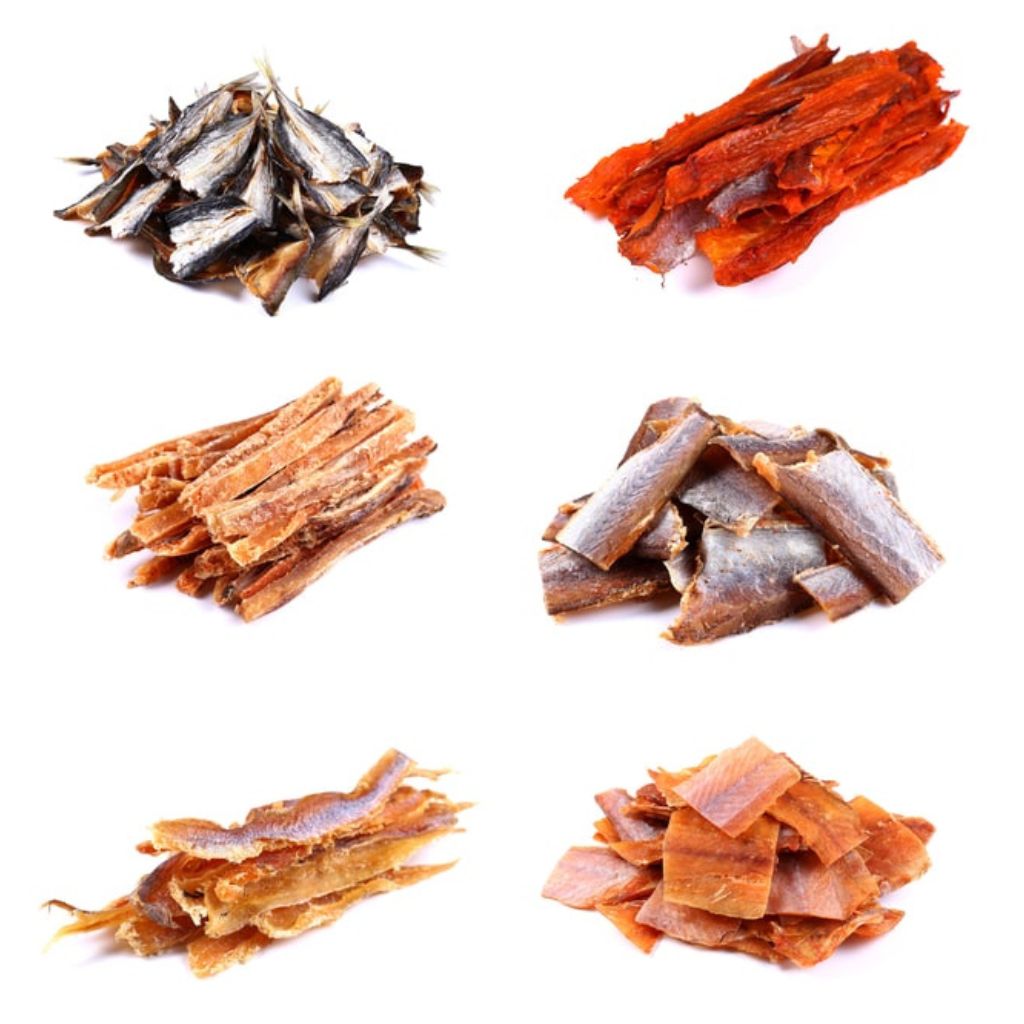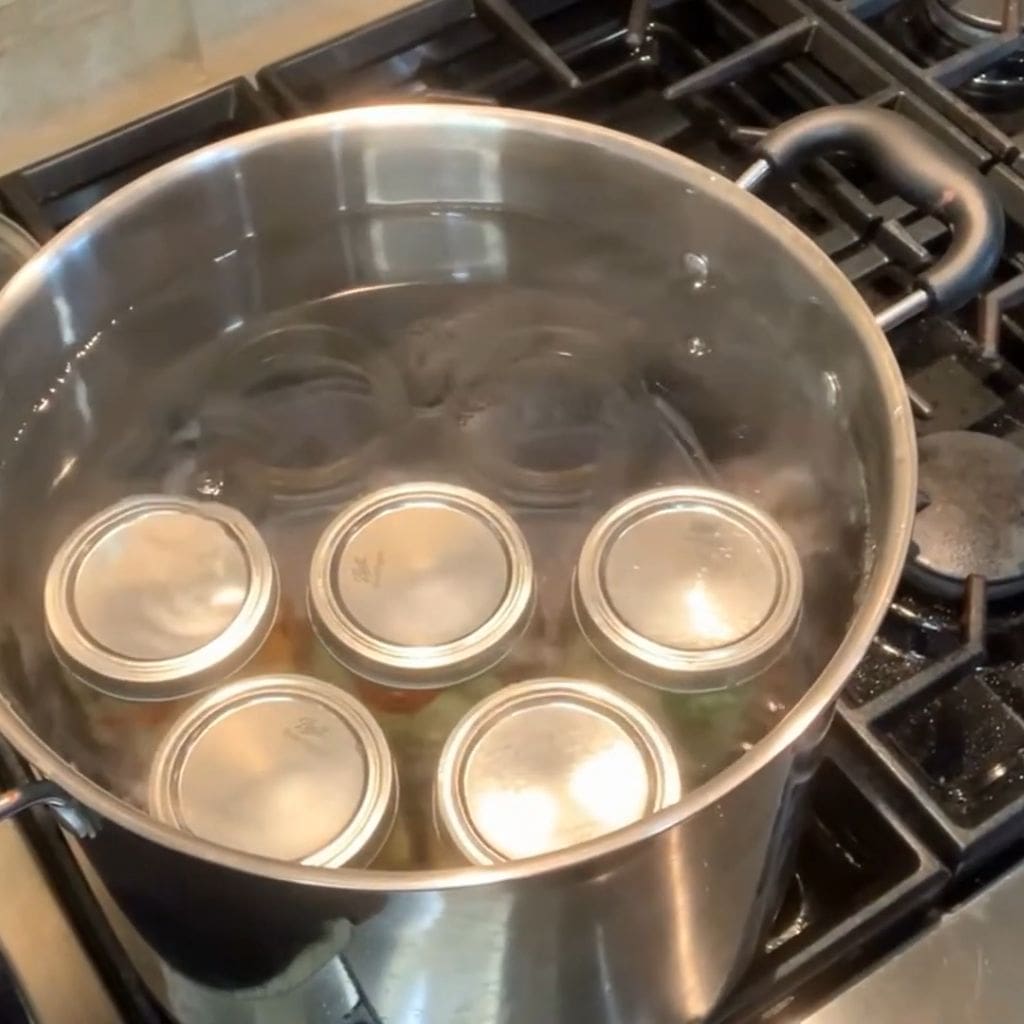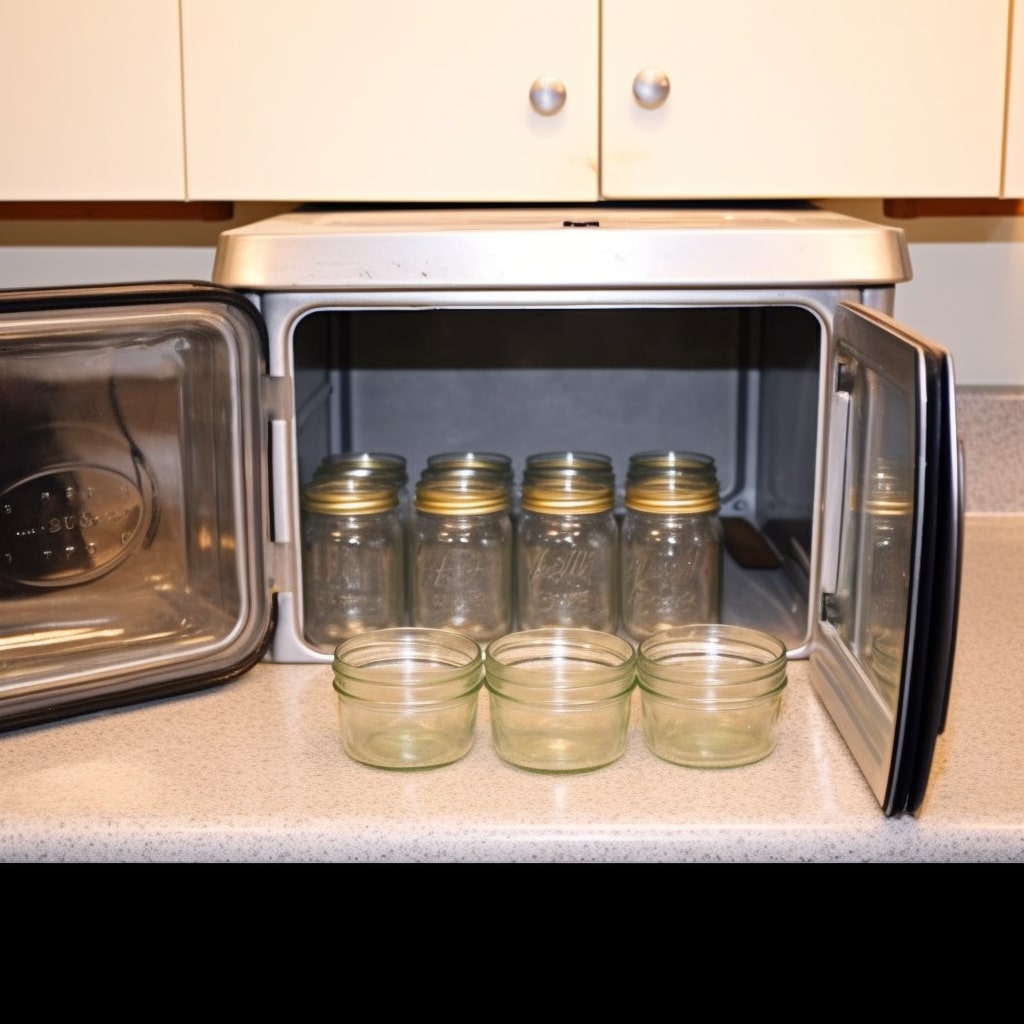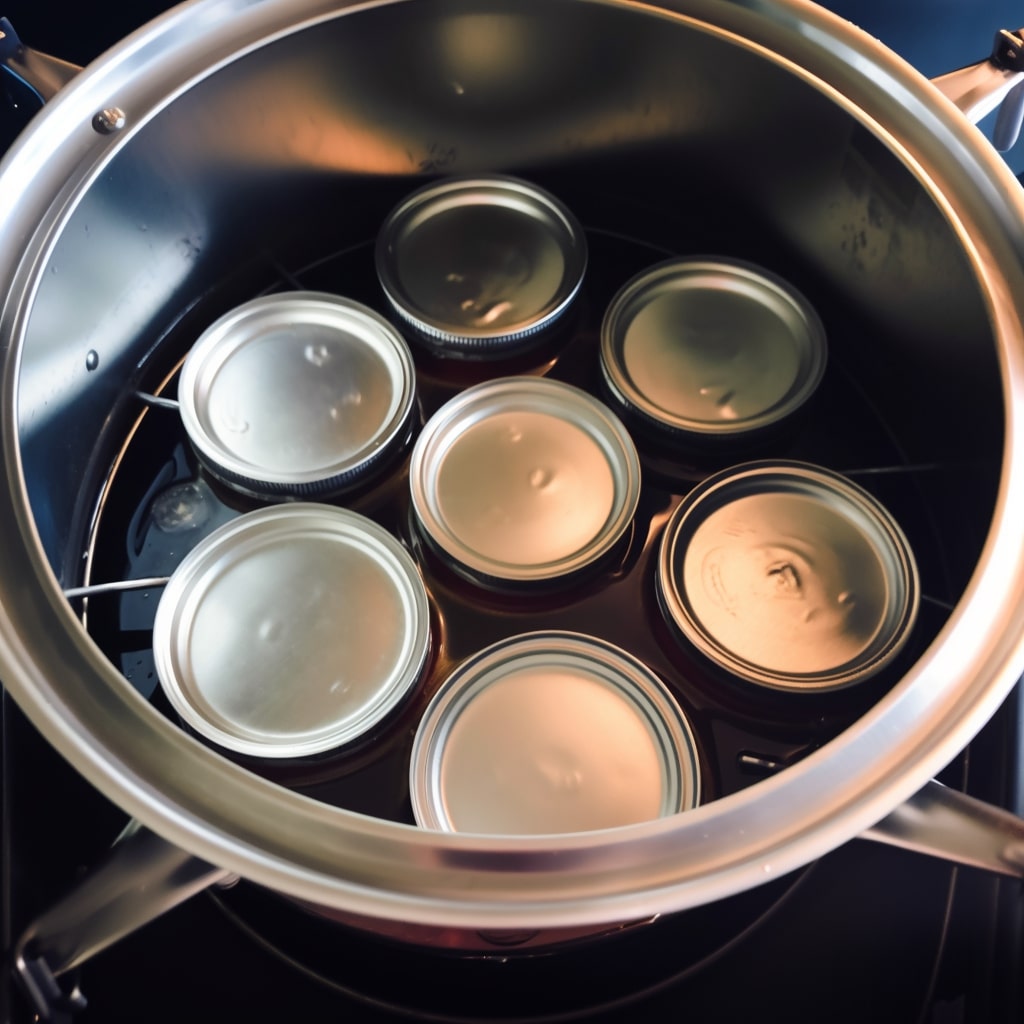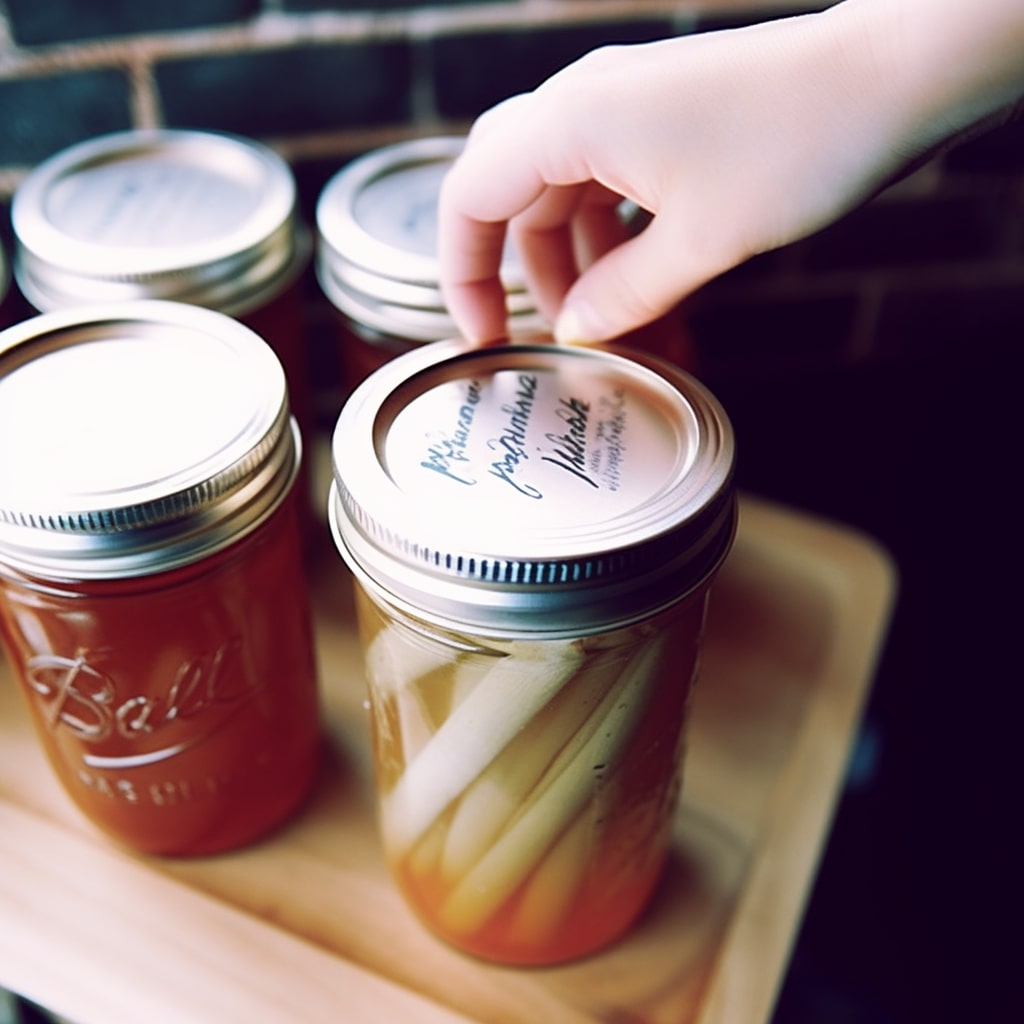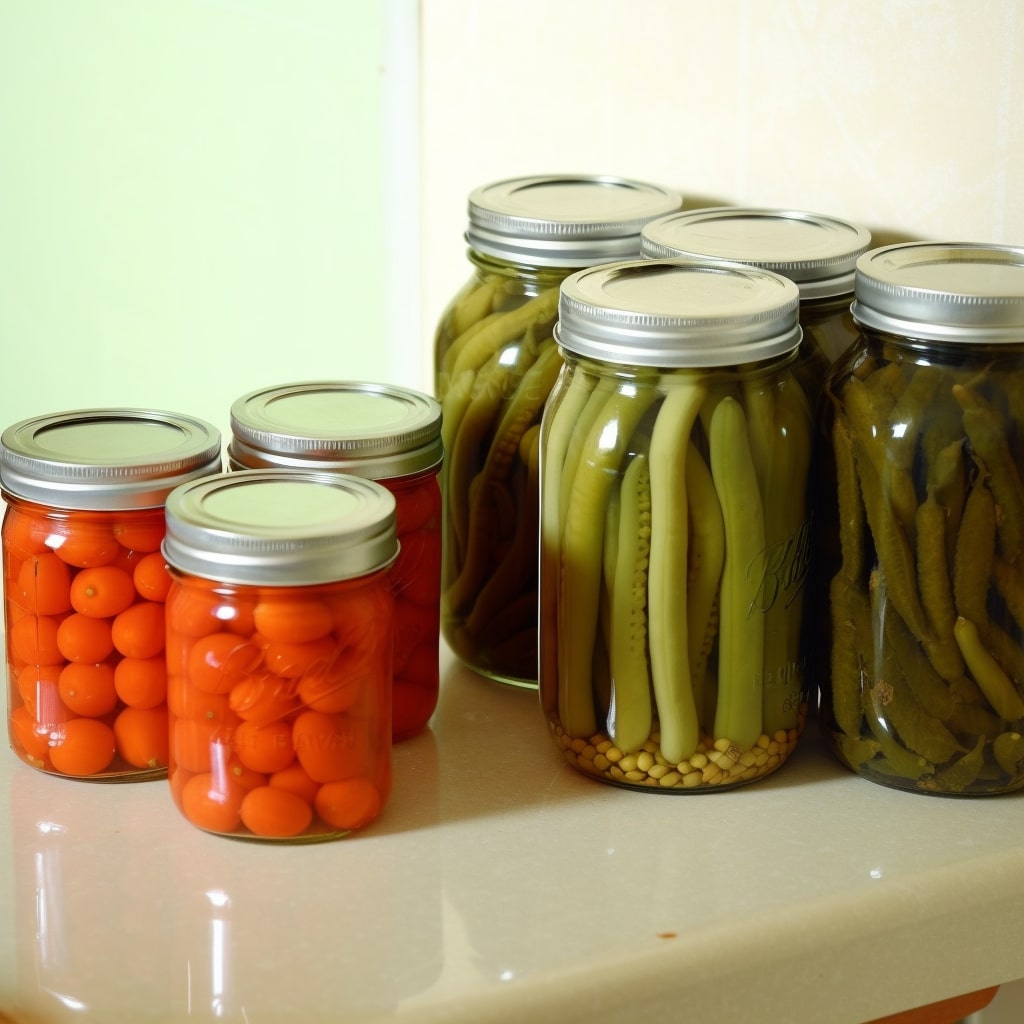Preserving seasonal fruits and vegetables is a time-honored practice in home canning. Canning lids are essential in this procedure because they keep the jars airtight and the food safe.
However, as the desire to decrease waste and save money develops, the question is can you reuse canning lids? While it may be tempting to repurpose these fairly solid metal lids, there are some important considerations to consider to assure the safety and success of your home-canned foods.
In this post, we will investigate the reasons behind the suggestion to avoid reusing canning lids and learn about the best procedures for preserving food without sacrificing health and quality.
Can you reuse canning lids when canning?
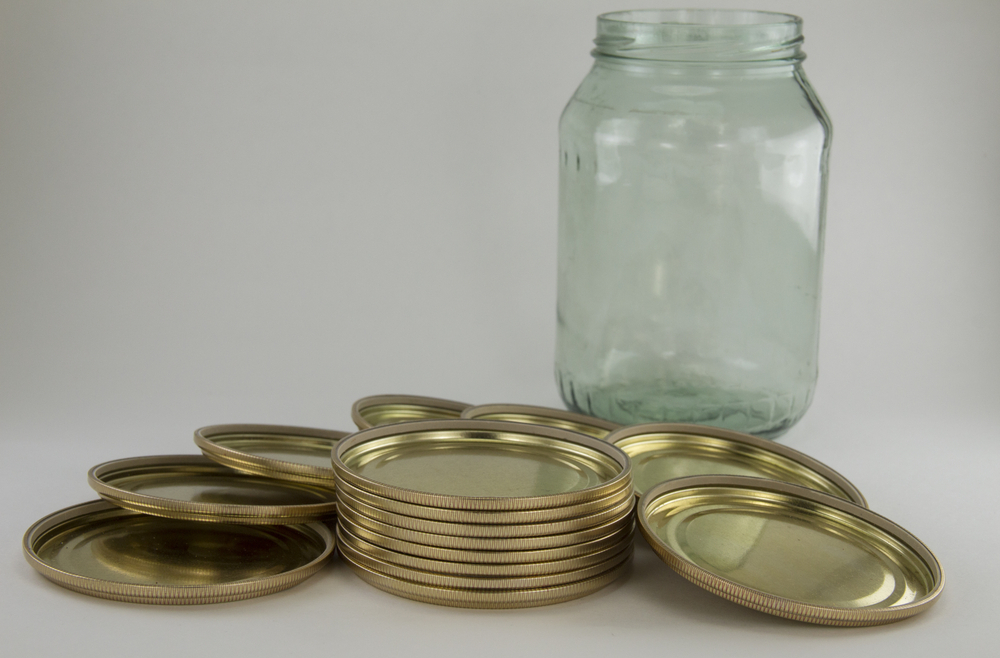
The answer is no. Canning lids are intended for one-time use only, and there are some good reasons for that.
When you use a canning lid, the sealing compound around its rim makes an airtight seal on your jar. This seal is essential for adequately preserving your food during the canning process. However, once the lid is used and the jar is opened, the seal is compromised and can only be expected to work differently again.
Reusing canning lids may result in problems such as jars not sealing properly. And guess what? Jars that do not seal correctly can be dangerous because they enable germs or other impurities to enter. We want to avoid this and keep our canned goods secure!
Furthermore, reusing canning lids raises the danger of spoiling and foodborne disease. The seal may be tighter the second time, resulting in food deterioration. As someone who enjoys preserving my own food, I want to ensure that everything I store in my pantry is safe and delicious.
I’ve learned not to reuse lids, particularly in the pressure canner. It may be quite disappointing when jars do not seal after spending time and effort in the canning process. I strongly advise using new, unused canning lids for each session to ensure the greatest outcomes and food safety.
So, my fellow canning fans, let us not jeopardize our prized handmade jams, pickles, and other preserved treats.
It’s best to use new canning lids every time! We can be certain that our hard work and culinary masterpieces will remain fresh, tasty, and safe for us to enjoy anytime we choose.
Opt for reusable canning lids and cut costs
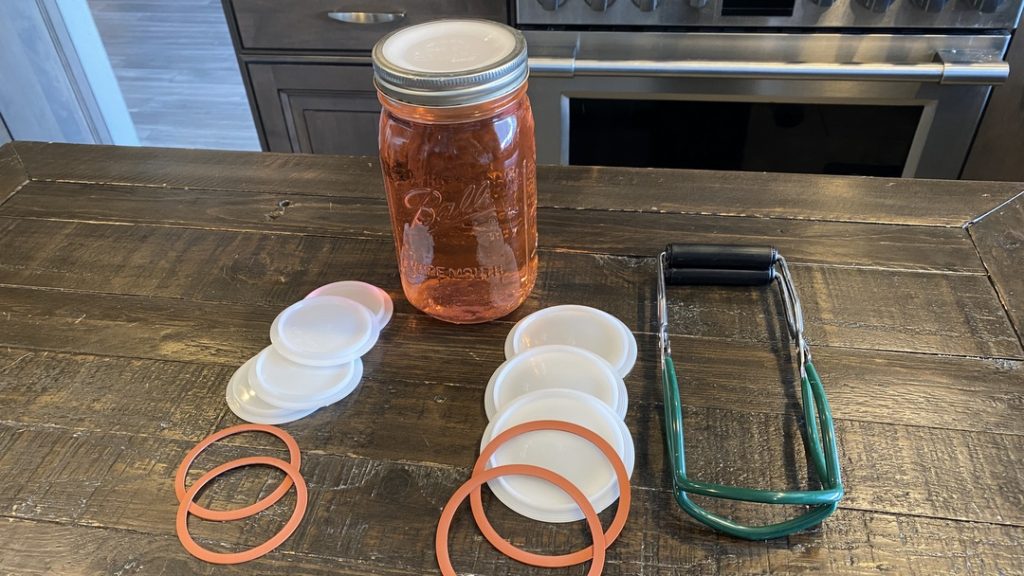
If you’re like me and love preserving your favorite fruits and veggies, you’ll want to explore this fantastic option that saves you money and helps reduce waste!
What exactly are reusable canning lids? They’re glass lids meant to be reused, so they’re suitable for water bath canning and canning pressure. Consider the ease of never buying new canning lids again – doesn’t that sound great?
After experimenting with numerous canning processes, I can safely tell that reusable lids are the genuine deal. Tattler, for example, has been at the forefront of this movement, developing long-lasting, rust-resistant lids.
You may be concerned about their longevity and quality. Believe me when I say that these reusable lids are meant to last. They will continue to make a flawless seal year after year if you take good care of them, such as handwashing with warm, soapy water and examining for wear or damage.
I won’t sugarcoat it: reusable canning lids are more expensive than conventional lids. Consider it a long-term investment, though. If you do a lot of canning (like I do), these lids will save you money in the long term while also decreasing waste – it’s a win-win scenario!
But hey, don’t just take my word for it – why not order a couple of sets to try out? I did just that, and it’s been a total game-changer for me. Once you make the switch and see the benefits, you’ll wonder why you didn’t do it sooner.
The greatest news is that most reusable canning lids are compatible with normal Mason jars, making the changeover easy. However, for any compatibility problems, it’s always a good idea to double-check the brand or product guidelines.
Reusable canning lids are highly recommended in my opinion. They’ve made my canning experience more convenient, cost-effective, and ecologically responsible. If you want to raise your canning game and make a difference, give these lids a try. Your future self and the earth will be grateful!
Proper boiling time for canning lids
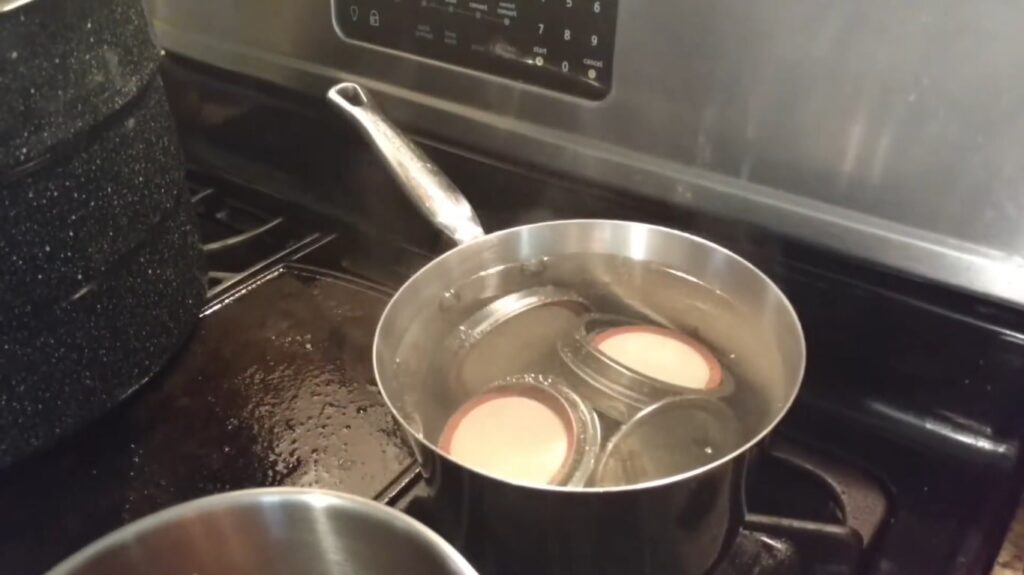
I’ve done a lot of experimenting and investigating as someone who enjoys maintaining the delicious flavors of fruits and vegetables. So, let’s get started!
Before utilizing sterilized jars, it was normal practice to immerse the lids in hot, boiling water. The flat lids were traditionally placed in a pot, covered with water, and simmered for about five minutes. However, times have changed, and we know sterilizing lids with boiling-hot water is no longer essential.
Based on my observations and research, a simple wash with warm, soapy water accomplishes the task properly. This procedure not only effectively prepares your lids for canning but also saves you time and work.
To get your lids ready, give them a good wash in warm, soapy water. This eliminates any dust or dirt, leaving you with a clean working area. Furthermore, it is a simple step that everyone may perform!
Now comes the exciting part. Place the scrubbed lids on a clean, dry surface when you can begin canning. There’s no need to heat up a kettle of water or keep the lids in hot water.
Eliminating the boiling phase will make the canning process easier and more enjoyable. And, let’s face it, we all love a simple and speedy canning method!
This new process is recommended based on my experiments and the most recent canning recommendations. It is vital to be educated and change our practices when new knowledge becomes available. So, say goodbye to the stress of preserving and hello to the joy of mess-free canning.
However, recently, there have been some wide-spread techniques on the Internet about how to seal canning jars without boiling. Well, some of them work but some of them are not recommended according to trusted sources like: National Center for Home Food Preservation,… So think twice before following any news, it may be better to follow authority sources.
Money-saving tips for canning lids
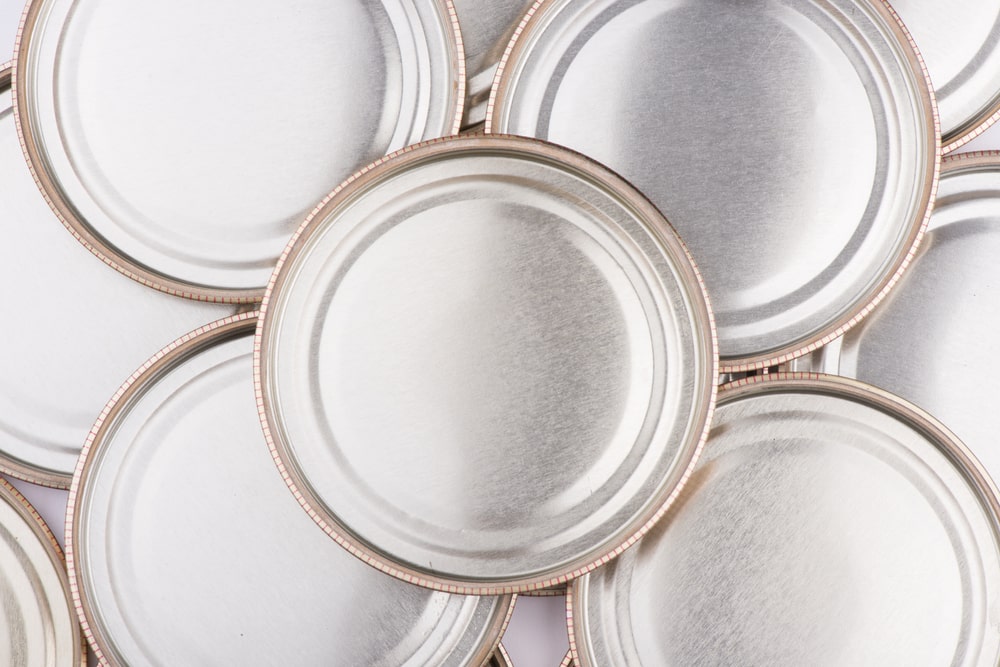
Canning is not just a great way to preserve your favorite fruits and veggies; it can also be an affordable and satisfying hobby. So, let’s dive right in and explore how you can save some bucks regarding canning lids!
- Purchase in Bulk: One of the best ways to save money on canning lids is to buy them in bulk. Instead of picking up small quantities whenever needed, watch for bulk packs or larger quantities from local suppliers, online retailers, or wholesale stores. Buying in bulk can often lead to substantial savings over time.
- Utilize Coupons: Who doesn’t love a good deal? Look for coupons or discount codes for canning supplies. Monitor local newspapers, online coupon websites, or sign up for retailer newsletters or loyalty programs. You’ll be amazed at how many money-saving opportunities you can find!
- Consider Reusable Lids: Here’s a nifty option that caught your attention earlier: reusable canning lids. Yes, they might require a slightly higher upfront cost, but trust me, they are well worth it. I’ve made the switch, and after my testing, they save you money in the long run since you can use them multiple times. Plus, you’ll reduce waste and contribute to a greener planet!
- Share with Others: Canning is more fun when you have a community to share it with! Consider pooling your resources if you have friends or family who love canning. By sharing the cost of canning supplies, including lids, you’ll all benefit from the savings and foster a sense of camaraderie in the process. It’s a fantastic way to connect and support one another on your canning journey.
- Usage of Jar opener: I suppose you are still confused why this tool appears in my list of saving tips in term of canning lids right? But using jar opener could certainly be one of the most useful tips on finance issue on your way of canning. With the usage of jar opener could greatly decrease the risk of buckled lids (which I am about to discuss in no time) which simultaneously reduce the amount of money you have to spend to replace damaged lids with new one and hazards buckled lids may cost on canning progress. You may find top-tier Jar opener especially for weak hands at: Best jar openers for seniors
Necessary sterilization for canning lids – Do you need it?
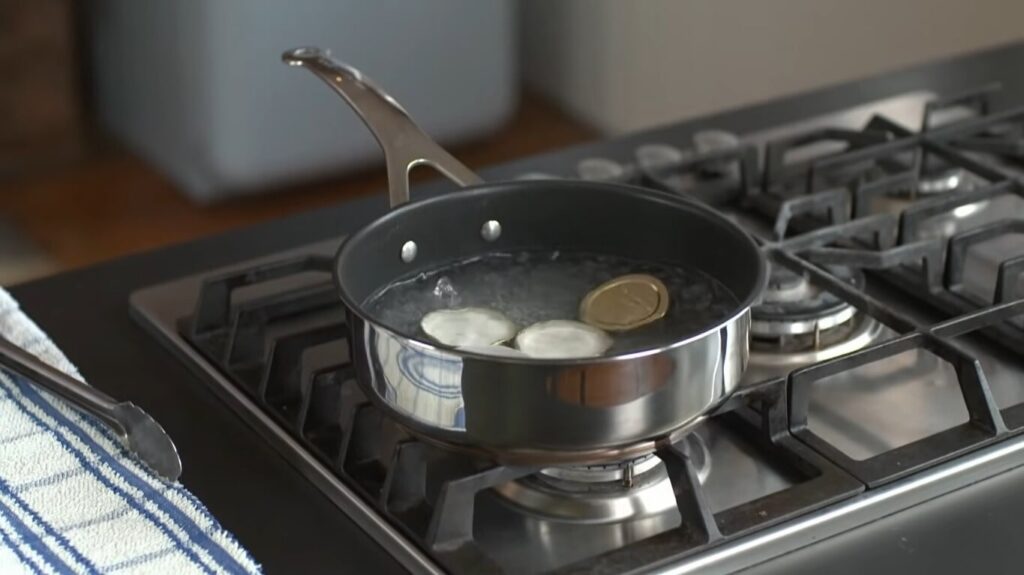
First and foremost, the good news is that you may take a break! Contrary to common opinion, there is no need to be concerned with sterilizing canning lids. Your jar lids are safe to use at room temperature. That’s one less thing to worry about on your canning adventure!
Before you feel too comfy, a little reminder: heating the glass jars before filling them is still suggested. This stage is critical in the canning process even if it is pressure canning, water bath, or any alternative method for canning without canner. By preheating your jars, you are assisting in creating a comfortable atmosphere for your treasured preserves, ensuring that they remain fresh and tasty for months.
Based on my tests and personal experience, I discovered that, while sterilizing the lids isn’t required, you should always examine them for any damage or faults. A broken lid may not form a suitable seal, perhaps causing problems with your canned products. A brief visual examination is thus an excellent habit to cultivate.
Now, let’s look at why sterilizing lids isn’t necessary. Modern canning lids, unlike previous generations, are pre-coated with a sealing substance that efficiently avoids contamination and deterioration. Because of their innovative design, you may confidently use them right out of the box.
By eliminating the sterilizing phase, you save time while lowering the danger of overprocessing your fruits and vegetables. Overprocessing can cause texture, color, and overall quality degradation. So, let us rejoice in our newfound independence from the sterilizing procedure!
Safety concerns: Are buckled canning lids acceptable?
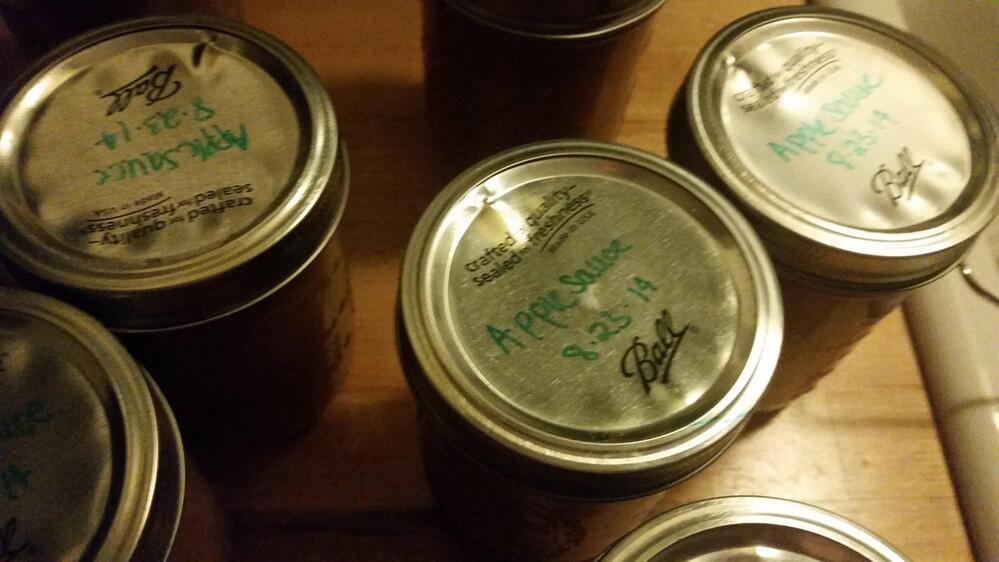
Buckling lids are a common sight in the canning industry, and they may cause you to worry about the safety of your preserved goods. Based on my observations and studies, buckling lids are to be noticed. They can suggest possible problems in the canning process that could jeopardize the seal and safety of your prized handcrafted goodies.
Buckling lids are often caused by poor filling or inadequate tightness of the jar lids. When the jars are not properly filled, and there is insufficient headroom, the air becomes trapped within. This trapped air exerts pressure on the lid, resulting in an ugly buckle. Following the prescribed filing standards is critical to maintaining sufficient headspace and a satisfactory seal.
Furthermore, getting the lids exactly right is critical. When excessively tight, air cannot escape during the canning process, causing a similar buckling effect. As a result, we must continually strive for the Goldilocks zone: not too tight, not too loose, but just perfect!
Another consideration is the chilling procedure after canning. Patience is essential in this situation! We risk cracking or breaking the jars if we accelerate the cooling process by manipulating or subjecting them to abrupt temperature variations. Of course, this results in leaking and, you guessed it, buckling lids. So, let us allow our jars enough time to cool down gently and securely.
Now, to answer the big question: Are buckled canning lids acceptable? While the contents of the jar may still be safe to eat, the breached seal may cause deterioration and hazards. The last thing we want is to put in all that work to discover that our prized possessions have gone bad owing to a poor seal.
But don’t worry! There is always space for growth and learning. I recommend taking extra precautions throughout the canning process, such as double-checking the headspace and tightening the lid properly. If you detect a buckled lid, it’s recommended to consume the contents as quickly as possible or consider reprocessing the jar if you’re unsure about its safety.
And one more thing to bear in mind all the time, canning lids are made of metal, specifically a layer of tin-coated steel which is prohibited when microwaving mason jars to heat up food stored. So remember to remove them before heating process!
Canning supplies that can be reutilized
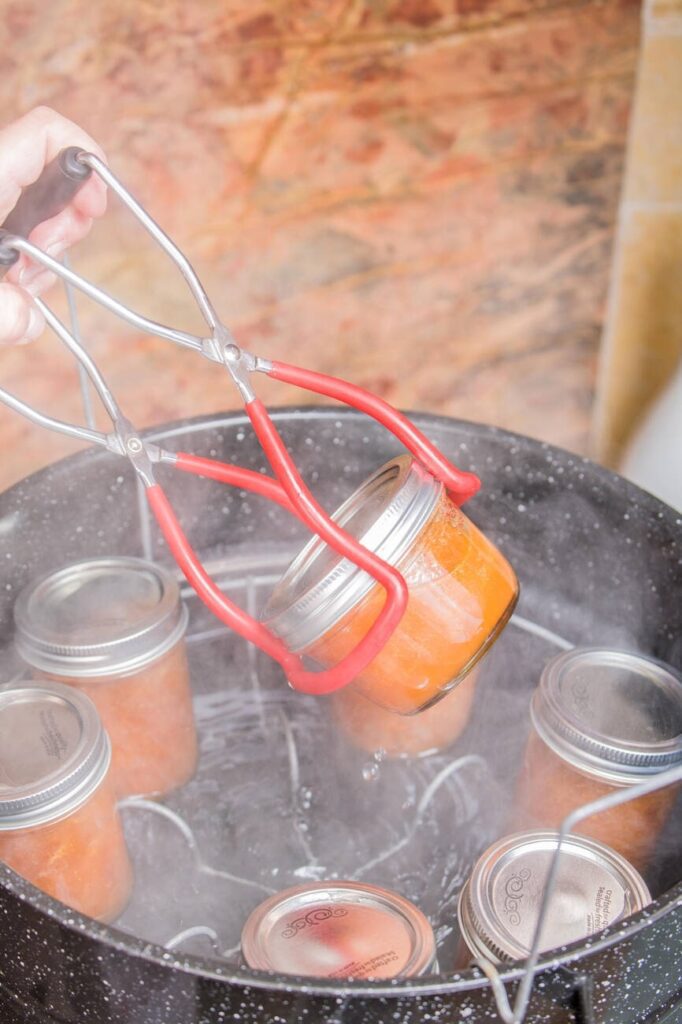
Let’s discuss the wonderful items you can use for multiple canning sessions!
- Jars and Bands: First things first, the stars of the canning show – the jars and bands. As long as they’re in good condition, you can reuse them! Jars that have no cracks or chips and bands that are still sturdy can be your trusty companions through many canning projects. Just remember, if you spot any rusted or chipped canning supplies, it’s best to bid them farewell. Safety always comes first; we wouldn’t want mishaps in our canning endeavors.
- Jar Lifter: This nifty tool is here to rescue your hands from hot jars, making the canning process a breeze. The best part? It’s completely reusable! You can count on this reliable lifter for many canning sessions to come. So, whenever you’re lifting those piping hot jars in and out of the canner, your trusty jar lifter will be there to lend a helping hand.
- Funnel: This indispensable tool ensures that your delicious concoctions make it into the jars without creating a sticky mess. The good news is you can reuse it! Just thoroughly clean it after each use, and it’ll be ready to assist you in your next canning adventure.
- Ladle: Our heat-resistant ladle or spoon is necessary for gracefully transferring liquids into jars. This versatile tool is reusable, making it an essential part of your canning toolkit. A quick wash after each use will keep it in tip-top shape and ready for your future canning endeavors.
(Bonus) Ideas for repurposing used canning lids
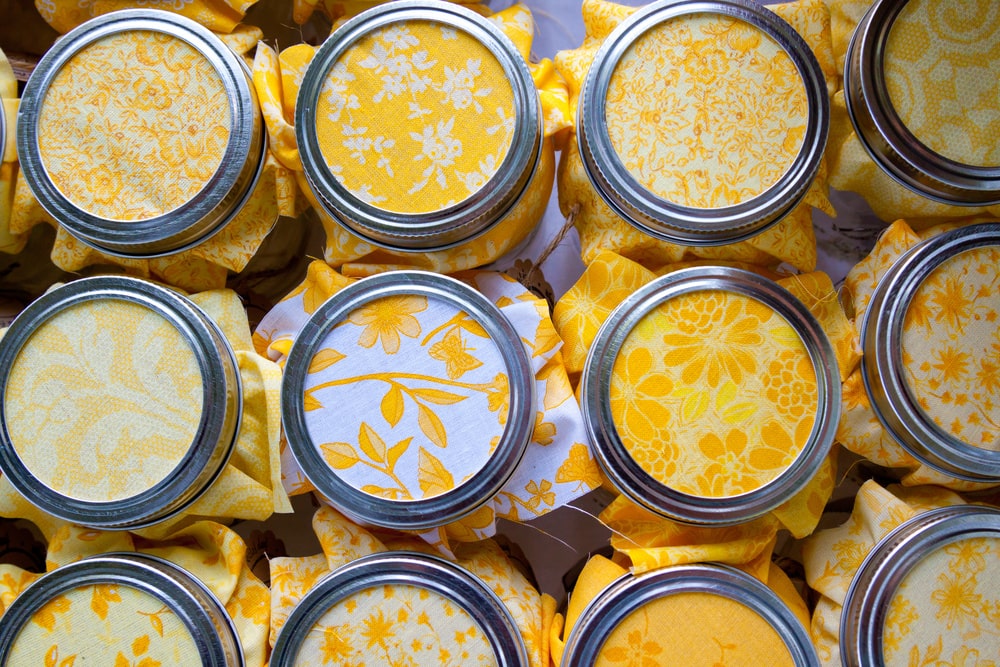
What do you do with those used canning lids piling up in your kitchen? Wait to toss them away! There are plenty of creative and practical ways to repurpose them, giving them a new life beyond their original purpose. Let’s explore some fun ideas together.
- Donate or recycle: If you have a surplus of canning lids, consider donating them to schools, craft groups, or recycling centers. These organizations often embrace such donations, as canning lids can be utilized in various projects and art activities.
- DIY candle holders: Transform your canning lids into charming rustic candle holders. Simply insert a candle into the center of the lid, and voila! You have a unique and eye-catching centerpiece for your home or a delightful gift for a friend. The metallic finish of the lids adds a touch of elegance to any room.
- DIY cute coasters: Give your canning lids a new purpose by turning them into adorable coasters. Glue fabric or cork to the lids, creating a soft and protective surface for your drinks. Not only will they keep your table safe from pesky water rings, but they’ll also add a touch of personality to your décor.
- Crafts with kids: Involve the little ones in your creative endeavors by letting them use the canning lids for painting projects or as a base for their crafts. The circular shape of the lids serves as a perfect canvas for their imaginative artwork. From finger painting to decoupage, the possibilities are endless!
- Outdoor decor: Take your repurposing game outside and use the canning lids as decorative elements in your garden. Paint them vibrant colors and hang them on a fence or tree, similar to sun catchers. Not only will they add a pop of color to your outdoor space, but you can also use them as plant markers, labeling your herbs, flowers, or vegetables.
From my experience, exploring creative ways to repurpose canning lids can be both rewarding and enjoyable. It’s amazing how a simple lid can be transformed into something functional or visually appealing. So, before you dispose of those used canning lids, consider their possibilities and give them a second chance to shine.
Conclusion
In conclusion, it is crucial to resist the temptation to reuse canning lids. Canning lids are designed for single-use only, and attempting to reuse them can compromise the seal and safety of the preserved food. To ensure the best results and avoid potential health risks, it is advisable to always use new, properly inspected lids for each canning session.

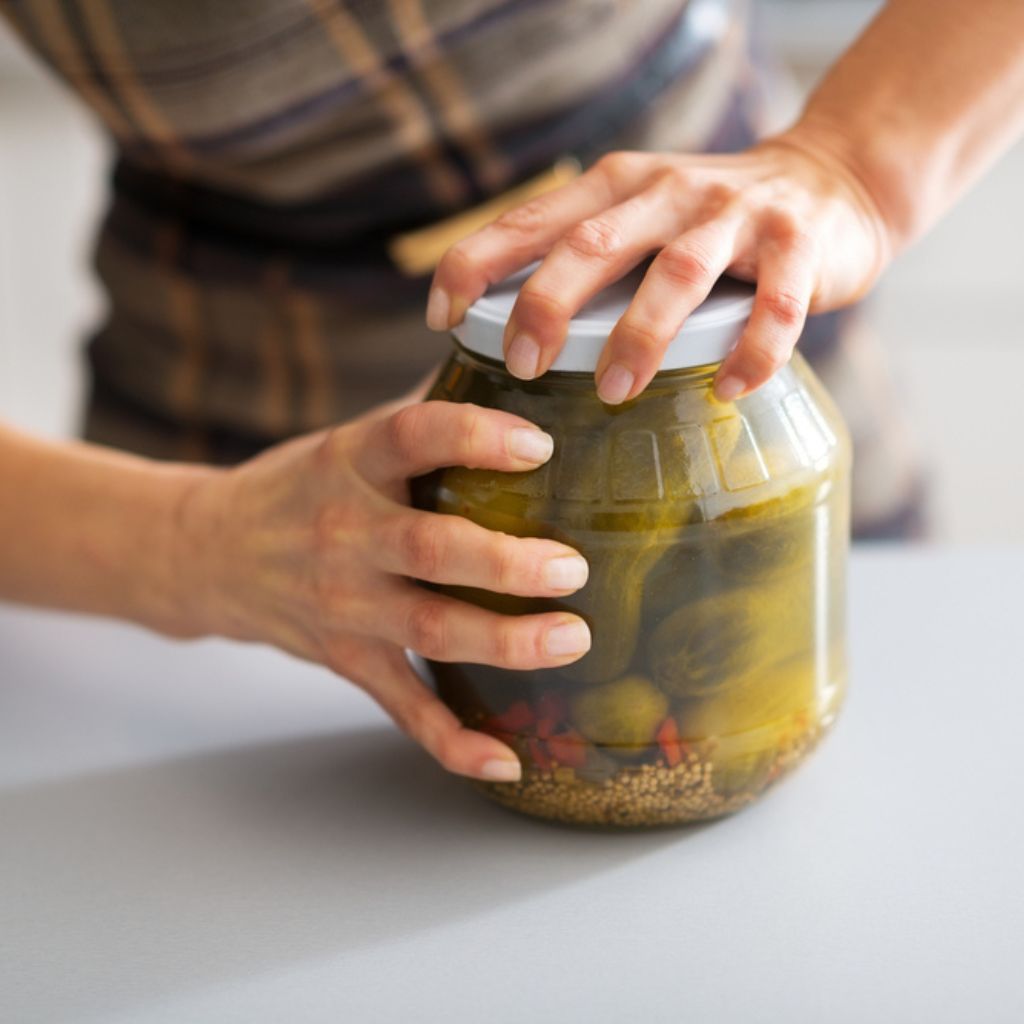
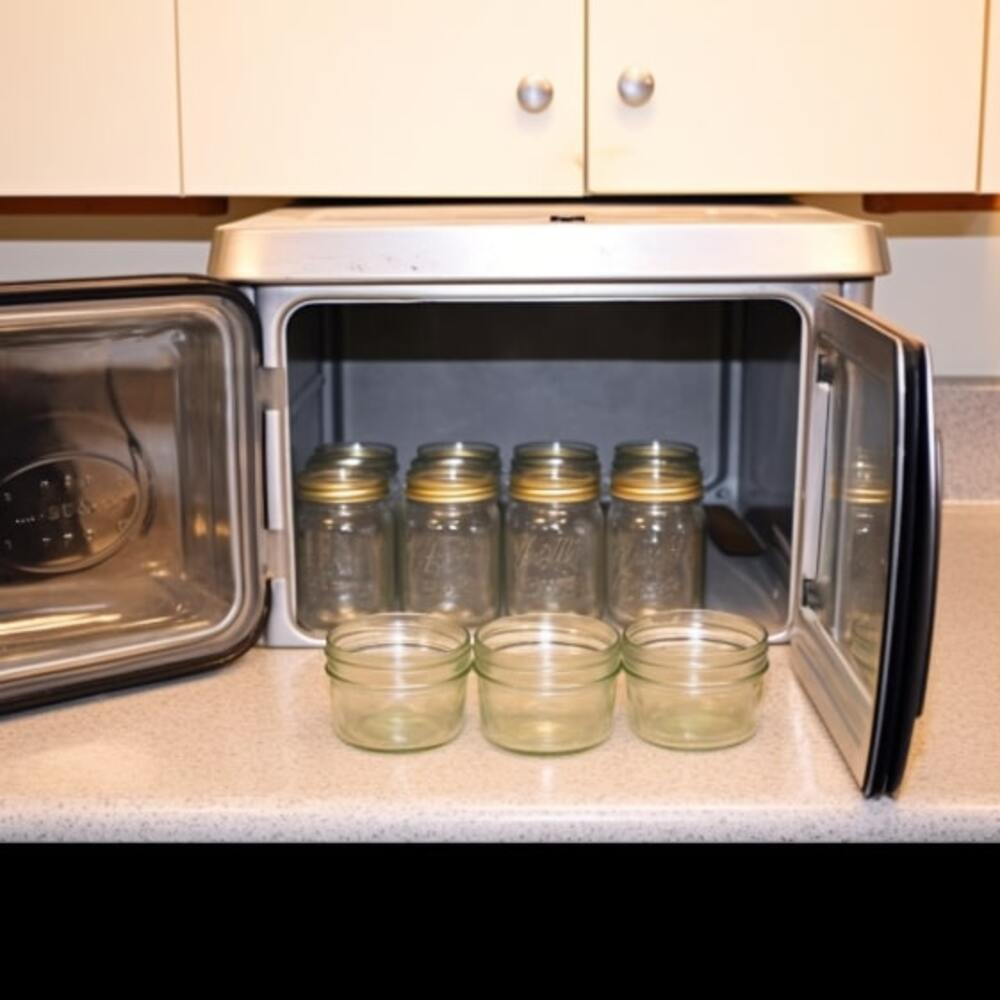
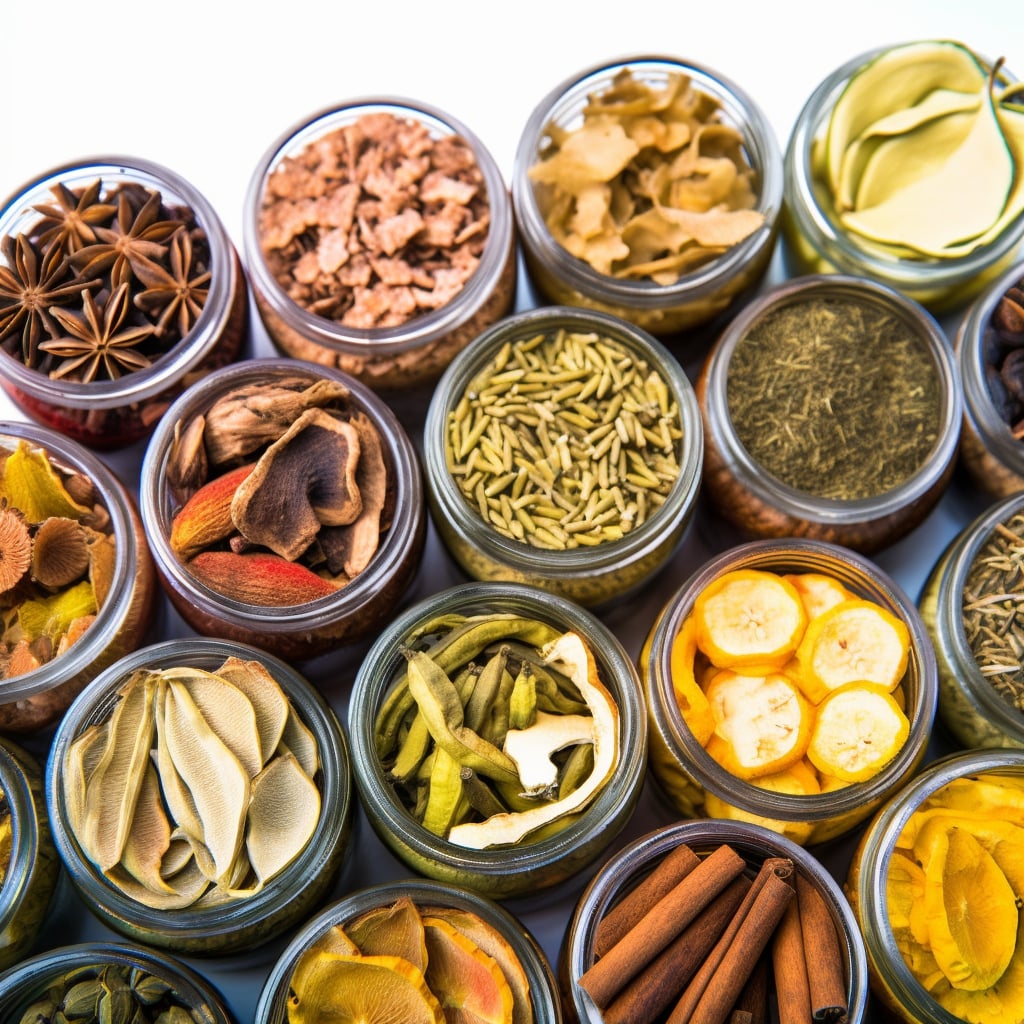
![Top 5 Best Jar Opener for Seniors Elderly [Updated 2023]](https://manzanillanyc.com/wp-content/uploads/2023/07/Top-5-Best-Jar-Opener-for-Seniors-Elderly-Updated-2023.jpg)

